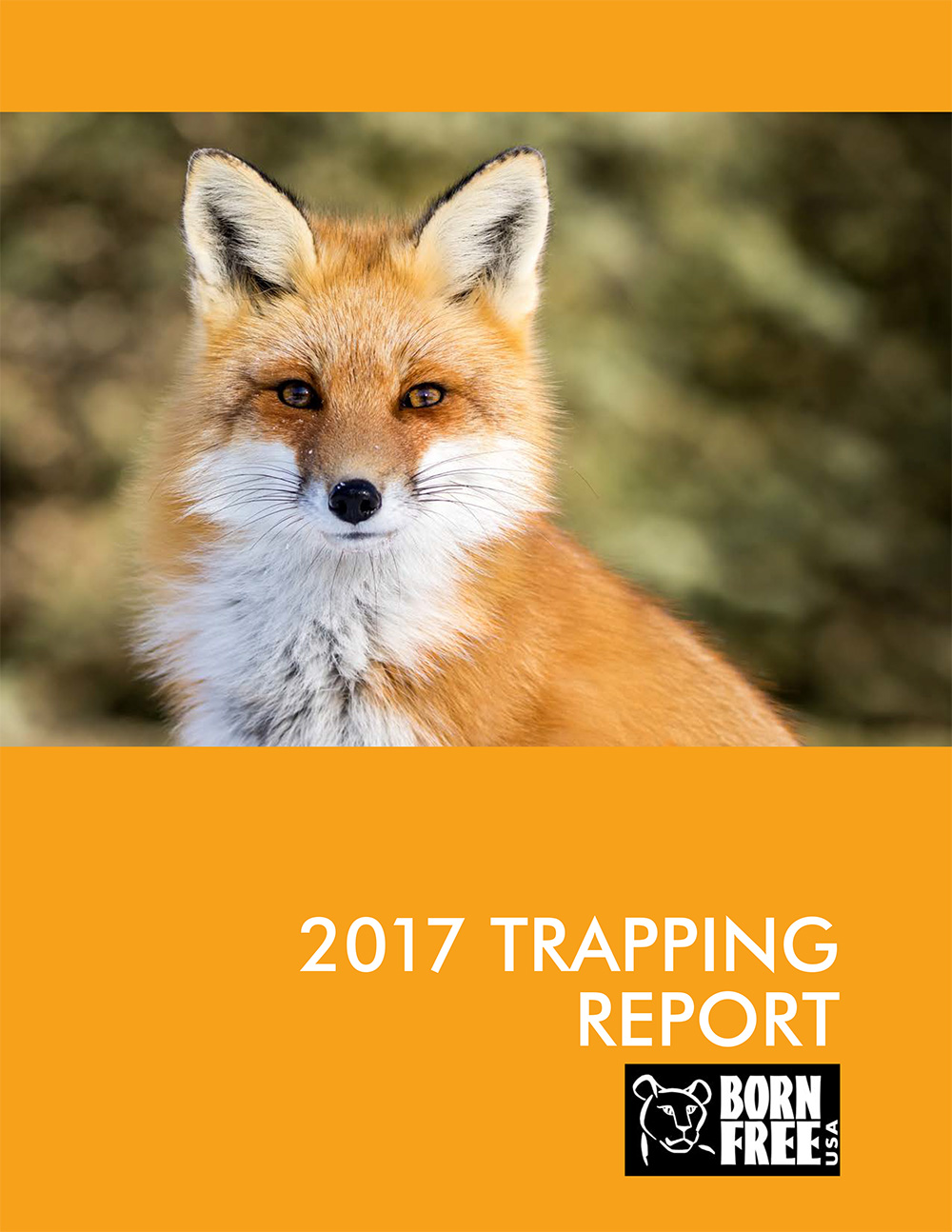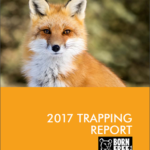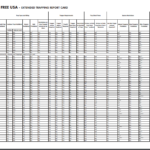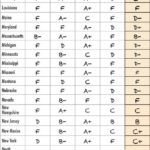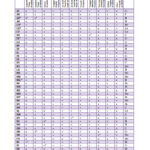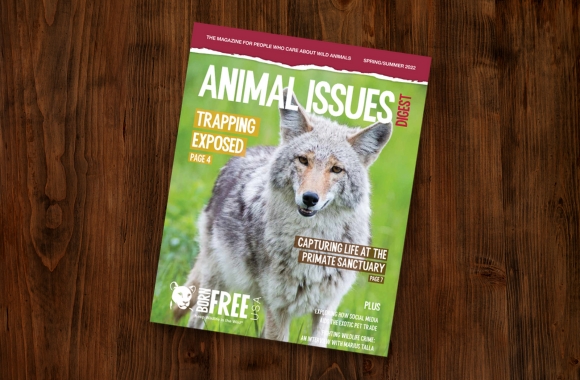
Main Findings:
Inadequate regulations on the types of traps used.
Based on our analysis, the biggest challenge to the United States as a whole seems to be regulating the types of traps that are used on public and private lands. In this category, the average across the country was an F-letter grade.
Inadequate regulations on how animals can be killed.
Very few states have any regulations governing how trapped animals can be killed, meaning that trappers can resort to extraordinarily cruel and inhumane methods of killing, including crushing, strangulation, and drowning, in order to keep the pelt intact.
Inadequate regulations on reporting of which animals are killed.
Over two-thirds of states do not require trappers to fully report the species and quantity of animals that they trapped. With very few states having bag limits or quotas, this means that it is extremely difficult to know how many furbearing and non-target animals are trapped each year.
Inadequate regulations on reporting trapped non-target animals.
Only four states require non-target animals to be reported each year: Alabama, Idaho, Nevada, and Washington. While additional states do require that certain endangered or threatened species are reported, most do not keep statistics on this type of information.
Improving regulations on trap check times.
The country as a whole scored a B+ on trap check times. This is great progress, but there are still many straggling states that need to come on board with requiring traps to be checked at least once every 24 hours. By targeting trap check times in states that have not instituted a mandatory 24 hour or daily check time, we can significantly reduce animal suffering.
